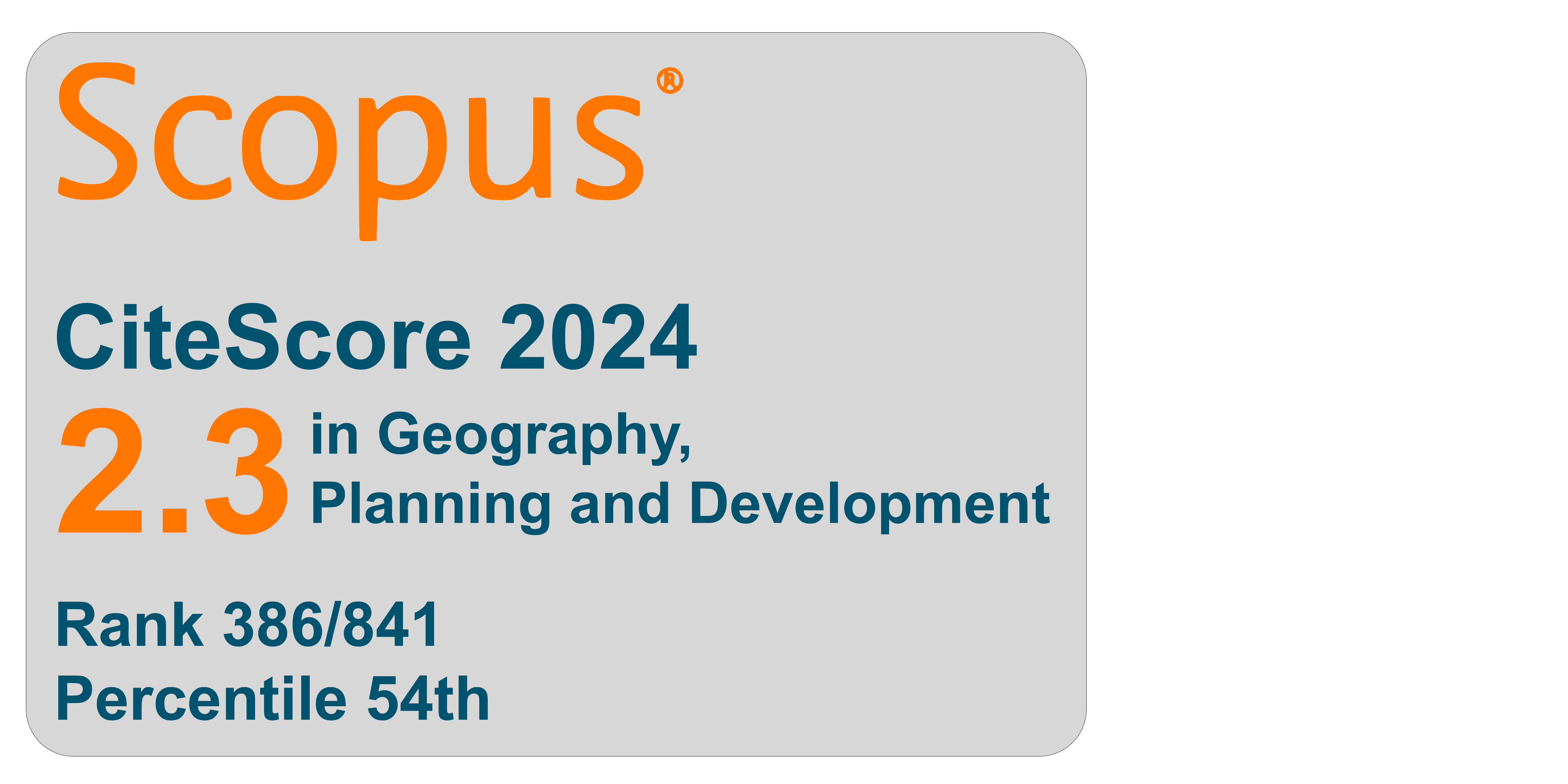City as space of fluxes: a methodological approach
DOI:
https://doi.org/10.6092/1970-9870/24Abstract
Urban transformations are the consequence of two uncontainable and unrenounceable claims: the demand for environmental quality and the mobility demand. For the first time in its evolution, city is required to undergo transformations which are not produced by a traditional (physical-formal) change of the spaces. The study of the urban system clearly shows that its evolution and organization are no more the direct consequence of a different spatial configuration, but, on the contrary, the spaces themselves are shaped according to the new “demands”, to the organizational evolution, to the possibilities of connections and communications among the elements, to the ever-increasing need for mobility. The new city does not loose its basic characteristics –places, architectures, signs, symbols– but now they are shaped according to the mobility flows. The organization of flows is increasingly affecting not only urban economy (see the increase in the market value of the areas close to transport infrastructures hubs) but also the urban form, whose changes are produced by the localization of transport infrastructures.Downloads
References
Beguinot C., Papa R. (eds.) (1995) Sistema urbano e governo della mobilità, Consiglio Nazionale delle Ricerche, Progetto Finalizzato Trasporti 2, Napoli.
Faludi A. (1987) A decision-centred view of environmental planning, Pergamon Press, Oxford.
Morin, E. (1983) Il Metodo, Idee/Feltrinelli, Milano.
Papa R., Gargiulo C. (1993) Caos e caos: la città come fenomeno complesso, in AA.VV., Per il XXI secolo - Una enciclopedia e un progetto, DiPiST-Università di
Napoli Federico II e IPiGeT-CNR, Napoli.
Ruelle D. (1992) Caso e caos, Bollati Boringhieri, Torino.

Downloads
Published
How to Cite
Issue
Section
License


